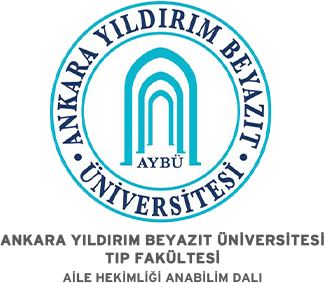Do Healthcare Reforms Affect Health Status? Türkiye Practice
Hasan BağcıFreelance Researcher,Health Management Ankara TürkiyeINTRODUCTION: The aim of this study is to determine the impact of per capita health expenditure, the number of physicians, and the Health Transformation Program (HTP) implemented in Türkiye since 2003 on infant mortality.
METHODS: In this study, while the infant mortality rate per 1,000 live births (IM) was used as the dependent variable, the per capita health expenditure in US dollars according to purchasing power parity (HEX), the number of physicians per 1,000 population (PHY), and the HTP were used as independent variables. The Autoregressive Distributed Lag (ARDL) bounds testing approach was used in this study. Data covering the years of Türkiye from 1975 to 2018 were obtained from the OECD health statistics database for HEX and PHY, and from the World Bank database for IM.
RESULTS: According to the short and long term results of ARDL limit test, it was observed that the independent variables HEX, PHY and HTP reduced IM in the short term. However, it was found that the short-term results of independent variables HEX (p=0.157), PHY (p=0.390), and HTP (p=0.420) on IM were not statistically significant. According to the ARDL bounds test, the independent variables HEX, PHY, and HTP reduce IM in the long run. The long-term results of independent variables HEX (p=0.007), PHY (p=0.004) and HTP (p=0.012) on IM are statistically significant.
DISCUSSION AND CONCLUSION: The independent variables HEX, PHY and HTP were shown to reduce IM in the long term (p<0.05). It is recommended to monitor these identified effects and to develop public health policies accordingly.
Keywords: The Autoregressive Distributed Lag (ARDL), Healthcare expenditure, Number of physicians, Health Transformation Program (HTP), Infant mortality rate
Manuscript Language: English
(979 downloaded)





